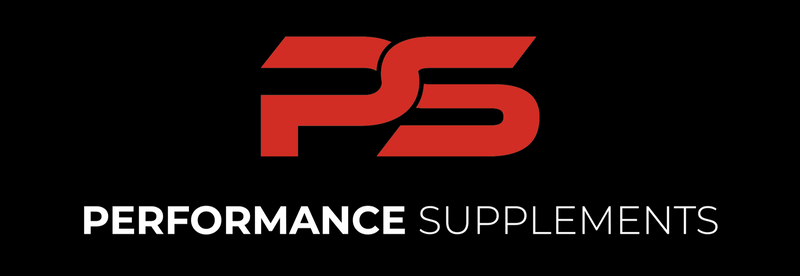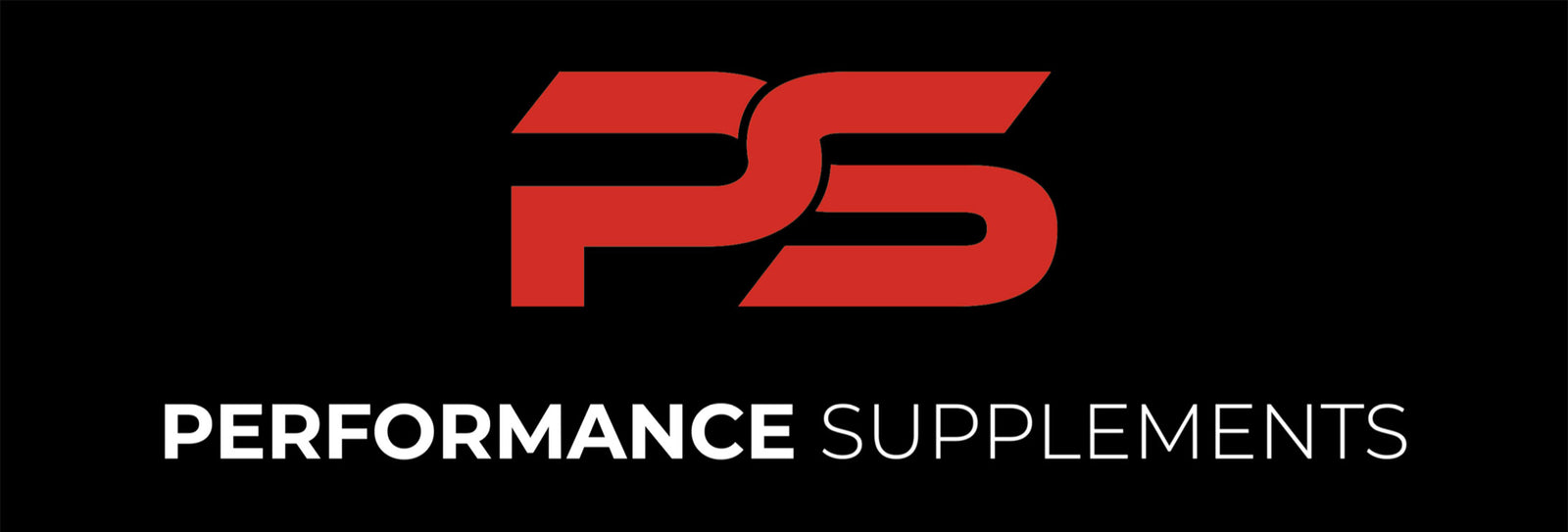Creatine for Bodybuilders: The UK Guide to Muscle Growth
If you lift with intent, creatine should be near the top of your supplement shortlist. It’s one of the most researched ergogenic (performance-enhancing) aids in sports nutrition and, for bodybuilders, it reliably supports more reps at a given load, faster recovery between sets and steady progress in lean mass—provided your training and diet are dialled in. This straight-talking guide explains what creatine is, where it occurs naturally, how it works, how to use it properly and how to choose the best creatine supplement for UK lifters.
What is creatine—and where does it come from?
Creatine is a compound your body makes from the amino acids arginine, glycine and methionine, primarily in the liver and kidneys. About 95% of it is stored in skeletal muscle as phosphocreatine, which your cells use to rapidly regenerate ATP (adenosine triphosphate) during high-intensity effort. You also get small amounts of creatine from food—mainly red meat and fish such as beef, salmon and tuna. Cooking reduces the content, and you’d need impractical portions to match a supplement dose, which is why bodybuilders use powder to top up stores efficiently.
Why did creatine become so popular?
From the 1990s onwards, strength athletes adopted creatine because it does something very simple that matters a lot: it increases the phosphocreatine available to your muscles, so you can sustain high power for slightly longer and recover faster between sets. Over weeks and months, that translates into better training quality and, ultimately, more muscle. Add in its affordability, strong safety profile in healthy adults and ease of use, and it’s no surprise creatine went from niche to mainstream. In short, creatine for bodybuilding works because it improves what you can do in the gym, not just what’s on the label.
What does creatine do to the body?
At the performance level, creatine boosts the ATP–phosphocreatine (adenosine triphosphate–phosphocreatine) energy system that fuels short, intense efforts—think heavy triples, a hard set of eight, or a sprint on the bike between sets of squats. It also draws additional water into the muscle cell (cell volumisation), which is one reason people look “fuller” once saturated. Over time, the ability to do a touch more work—one more rep here, a few extra kilos there—supports progressive overload and creatine for muscle growth becomes obvious in your logbook, not just the mirror.
What if you take creatine and don’t work out?
Your muscles will still store more creatine and you may notice a small increase in scale weight from water held inside the muscle, but meaningful gains in size or strength rely on resistance training and adequate protein and calories. Creatine doesn’t build muscle in a vacuum; it enhances the training effect you create.
How long does creatine take to work?
That depends on how you start. If you load—typically 20 g per day split into four doses for five to seven days—most lifters feel a difference within a week or two. If you skip loading and take 3–5 g per day from the outset, your muscles will still reach saturation; it just takes longer, usually three to four weeks. Both approaches arrive at the same destination, so pick the one you’ll stick with.
When should you take it—before or after a workout?
The honest answer is that daily consistency matters more than timing. Some lifters prefer taking creatine after training with whey and carbs because it fits an existing habit and may aid adherence; others put it pre workout with creatine simply because it lives in their shaker. Either is fine. Choose a time you won’t forget and take it every day, rest days included.
What’s the biggest side effect?
The most common effect is a modest uptick in body mass—often 0.5–1.5 kg in the first fortnight—due to intramuscular water, not subcutaneous “bloat”. A small minority experience stomach upset, especially during loading or when taking large single doses. Splitting the dose, using 3–5 g with food and choosing a micronised powder usually sorts it. Healthy, hydrated adults using recommended doses have not shown harm to kidneys in the research; if you have a pre-existing kidney condition, speak to a clinician before supplementing.
How to use creatine properly
For most bodybuilders, creatine monohydrate remains the gold standard: it’s the most studied, best value and mixes easily, especially in a micronised form. You can load (20 g/day for 5–7 days, then 3–5 g/day) or take 3–5 g/day from day one—there’s no need to cycle on and off. Pair it with good habits: progressive resistance training, adequate protein, sensible sleep and hydration. Creatine stacks neatly with whey protein and carbs around training; there’s no conflict with caffeine, though some prefer spacing them if they’re sensitive. Whichever product you buy the best will always have clear instructions for dosage.

Best creatine supplement (UK buying guide)
Look for a single-ingredient creatine monohydrate with a transparent label, ideally batch-tested for contaminants—Informed-Sport certification is a reassuring mark for competitive athletes. Consider the price per 100 g rather than tub size, and read recent UK reviews for mixability and taste (unflavoured is easiest to live with). You’ll see branded options such as Creapure® (German-made, high purity) alongside generic monohydrate; both can be excellent if quality controls are in place. As for audience, ignore the marketing: best creatine supplement for men and best creatine for women are the same molecule. Dose according to body mass and goals, not the label’s gender.
Pre-workout with creatine—good idea or just convenient?
Creatine is a saturation supplement, not an acute stimulant. It doesn’t need a pre-workout time stamp to work, but adding it to your pre-workout can be a practical way to remember your daily serving. If your pre already includes creatine, check the actual amount; many blends under-dose it. You still want a full 3–5 g daily to support best creatine for muscle growth outcomes.
Putting it all together...
If you want a supplement that quietly improves training quality and supports long-term hypertrophy, creatine earns its spot. Choose a quality monohydrate, take it every day, train hard and fuel adequately. Do that for a month and you’ll understand why creatine has been a bodybuilding staple for decades; do it for a year and you’ll wonder why you waited to start.
Creatine at Performance Supps
Conteh Creatine — 80 servings
A straightforward, no-nonsense daily creatine to keep your muscles saturated without faff. With 80 servings, it’s a smart pick if you train consistently and want an easy habit that lasts. Mixes cleanly in water or your post-workout shake and slots into any bulk, cut or recomposition plan.
Per4m Creatine — 150 g (50 servings), 100% Pure Micronised
Per4m’s micronised powder disperses quickly, so you’re not chasing clumps at the bottom of the shaker. The 150 g tub delivers 50 servings, making it ideal if you’re trying creatine for the first time or prefer smaller tubs that travel well. Unflavoured and simple—just add 1 serving daily and stay consistent.
Naughty Boy Creatine — 450 g (150 servings)
Built for consistency, this tub gives you 150 servings—that’s a long runway for steady progress. Each serving is 3 g (450 g ÷ 150), making it simple to hit your daily dose without overthinking it. Add one serving to water or your post-workout shake every day—rest days included—and keep your muscles saturated. It stacks neatly with whey and your usual pre-workout, and the generous size means fewer re-orders while you focus on lifting more, recovering better and building muscle.
Not sure which to choose? If you want maximum value over time, go large with Naughty Boy Creatine 150 servings. If you’re starting out or topping up, Per4m 150 g is a tidy, hassle-free option. Want a longer run without committing to a half-kilo? Conteh’s 80-serving format hits the sweet spot. All three pair perfectly with your whey and deliver what matters: consistent daily creatine to support muscle growth.






